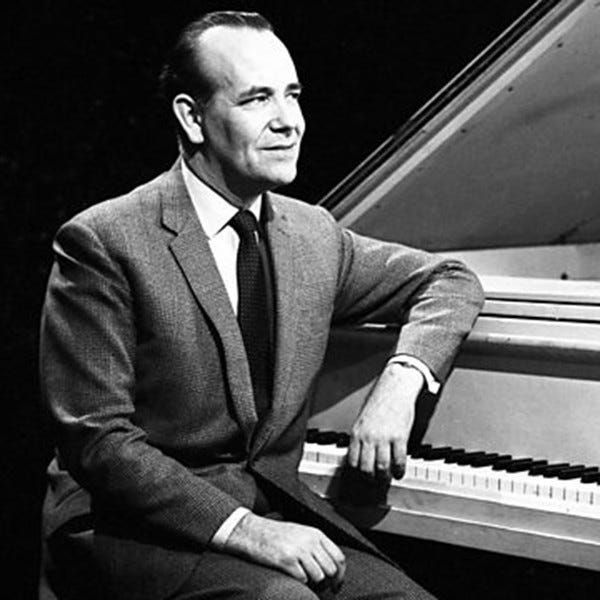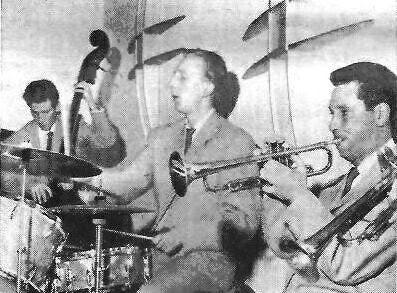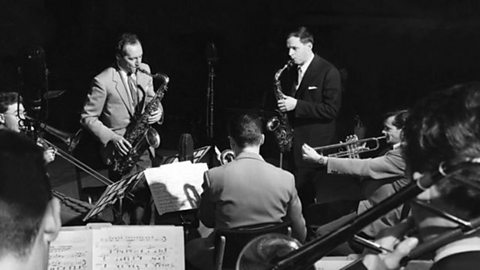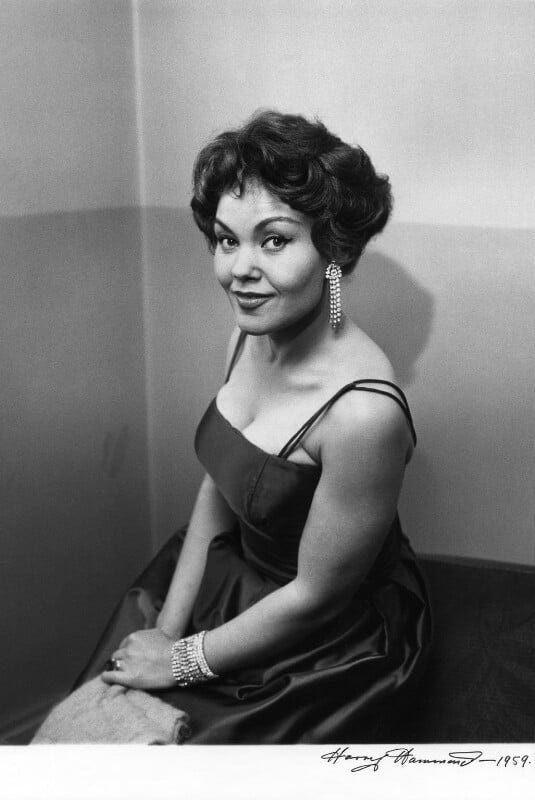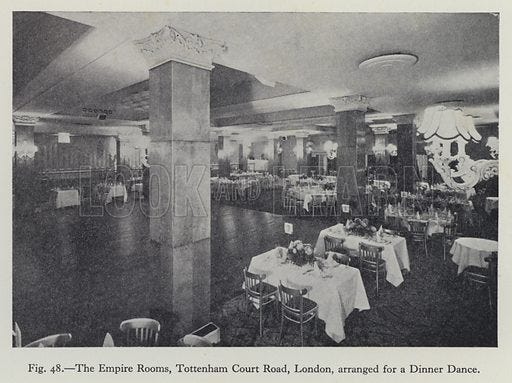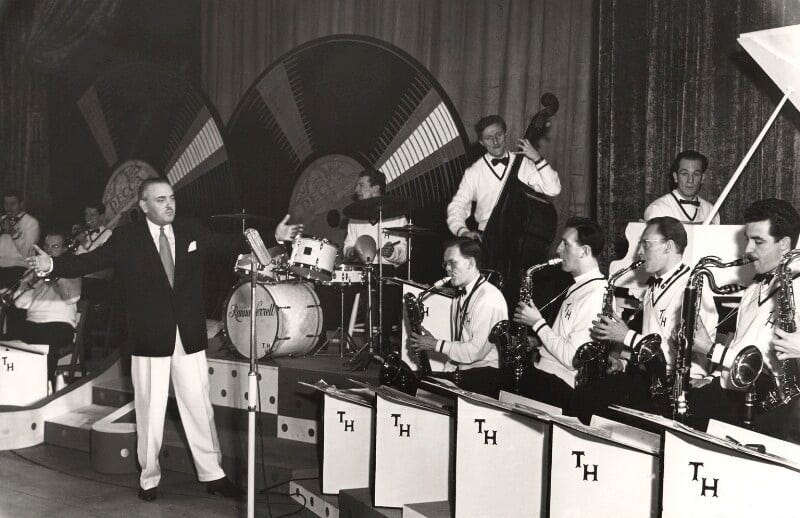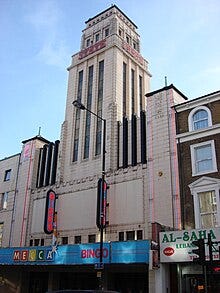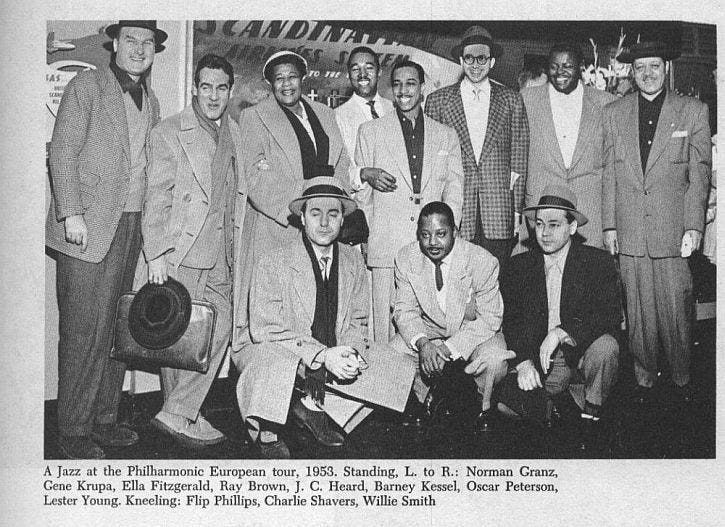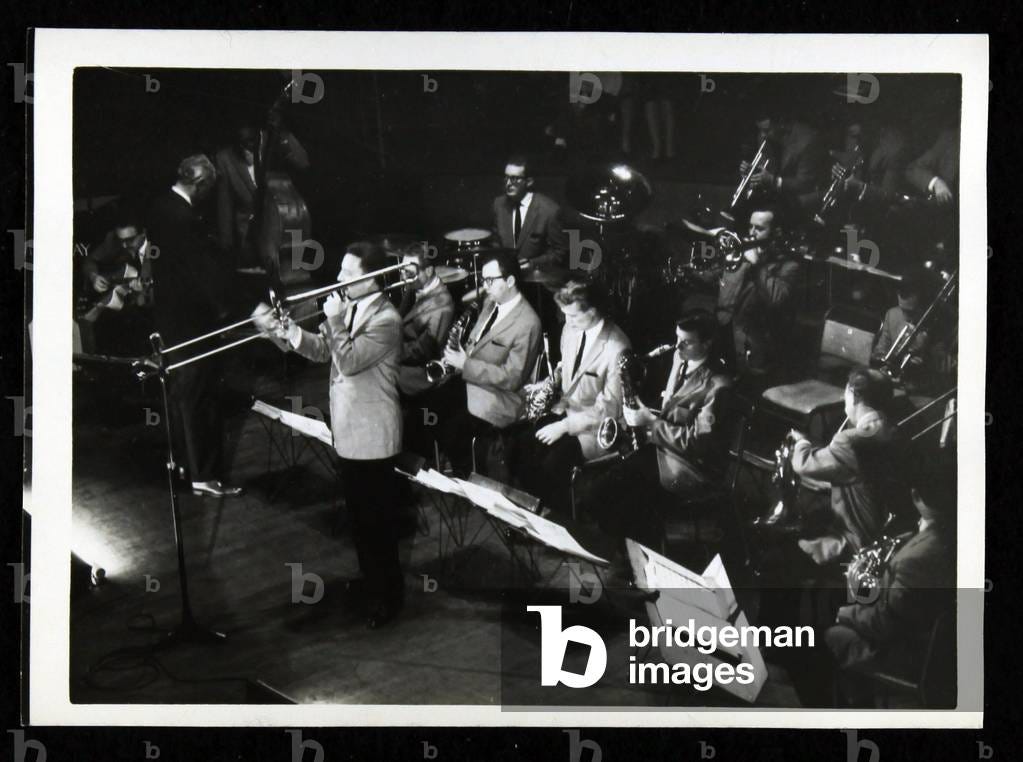How did I get into modern jazz? Around 1949 I had two customers, who were semi-pro tenor players, and I used to order for them the latest releases by American tenor Stan Getz. I thought this music is pretty good and more inventive than the stuff played at the trad clubs I frequented. They suggested that we start a club for lovers of modern jazz to rival all the traditional jazz clubs that were around. We found a local pub, that allowed us to use their back room. We hired a well-known jazz pianist, Steve Race, for our first meeting..
.
.Unfortunately, nobody turned up. However, we persevered and booked Hank Shaw the trumpet player from the Club 11. He turned up with a group of Club 11 musicians, including Lennie Bush (bass) Tony Crombie (drums) and Don Rendell (tenor). Unfortunately, again nobody else turned up, and though we had a good jam session, with no paying customers we decided that that was it, and that was the end of our jazz club.
This track leads me into the next stage of listening to modern jazz. In 1952 Jeff Kruger, a jazz fan and entrepreneur opened the Flamingo Club in the basement of the Mapleton Hotel, off Leicester Square.
This soon became one of the centres for listening and dancing to modern jazz in London, and where I now spent my Saturday evenings. The resident band was originally Kenny Graham Afro-Cubans.
They were followed by the Tony Kinsey Trio, who acted as the backing group for the star instrumentalists and singers who appeared there.
They included Sarah Vaughn, whose bra, my future wife, did up on one occasion.
The Flamingo was quite a smart place. Men had to wear a jacket and tie, and so I thought it a suitable place to take my girlfriend. In those day’s smoking was permitted and the smell of weed was quite high.
We also used to go to the two places, used by the young Jewish community as places to go to on Sunday nights for dancing. One was on the premises of the Ciro’s night club. There the music was provided by the Johnny Dankworth Seven, and the Ralph Sharon Quintet, They were my future wife’s favourite.
However, to me, The Dankworth Seven were vastly superior. Johnny Dankworth formed the Seven in 1950. It came about as a result of trumpeter Leon Calvert and trombonist Eddie Harvey sitting in with the Johnny Dankworth Quartet at Club Eleven. This made Dankworth realize the possibilities of a four-horn group playing music along the lines of the Miles Davis band.
The original personnel was Dankworth (alto), Jimmy Deuchar (tpt), Don Rendell (tenor), Eddie Harvey (tmb), Bill Le Sage (piano), Joe Muddel (bs), Tony Kinsey (d). Muddel was soon replaced by Eric Dawson and in 1952 Eddie Blair replaced Jimmy Deuchar and Eddie Taylor replaced Tony Kinsey. The group was successful and lasted until 1953 when it was disbanded on the formation of Johnny Dankworth's big band. The band played neat, at types complex, musical arrangements and featured solos from all the musicians.
The group also included a young Cleo Laine and Frank Holder as singers
The other location was quite different. It was the Empire Ballroom on Tottenham Court Road. A large typical ballroom
The music there was provided by the Ray Ellington Quartet. They were pretty famous at the time, as they provided the interval music for “The Goon Show”, the most popular comedy show on the radio,
and here they are in more serious mood.
The other major event in London from 1947 until 1955, were the fortnightly concerts given at The London Palladium by the Ted Heath Band.
The Ted Heath Band was a typical swing band of the period playing everything from popular ballads to out-and-out jazz numbers. The band employed many of the best jazz musicians of the time, including Jack Parnell, Tommy Whittle, Eddie Blair, Keith Christie, Bob Efford, and Stan Tracey. The concerts attracted capacity audiences, but you had to put up with singers like Dickie Valentine and Lita Rosa.
They could however play good arrangements of classics like Tad Dameron’s Ladybird.
As well as crowd-pleasers like Topsy featuring drummer Ronnie Verral.
One of the big events of the 50’s was the appearance at The Gaumont State Kilburn of Jazz At The Philharmonic. The State Kilburn was the biggest cinema in Europe
holding an audience of 4000. There were only two concerts in the UK: London, on the 8th and 9th March 1958 and they were sell-outs. Amongst the artists appearing were Oscar Peterson, Barney Kessell, Ray Brown, Flip Phillips, Lester Young, Charlie Shavers, Gene Krupa, J.C.Heard and Ella Fitzgerald
.By then I was married, and I no longer went to jazz clubs, as my wife was not that keen on jazz. I did have a friend who liked big bands, and so we went to concerts at the Royal Festival Hall, by visiting American bands. The first of these visits was by the Stan Kenton band in 1956.
This was followed by most of the leading bands, such as Count Basie (1957)and Woody Herman (1964)plus Louis Armstrong 1959)and the Modern Jazz Quartet(1961)
I’m going to end this piece with a recording of the Woody Herman band in 1964, who were probably the last band I saw in London, for many years.
That just about wraps it up ! Look forward to my next Sub Stack.




